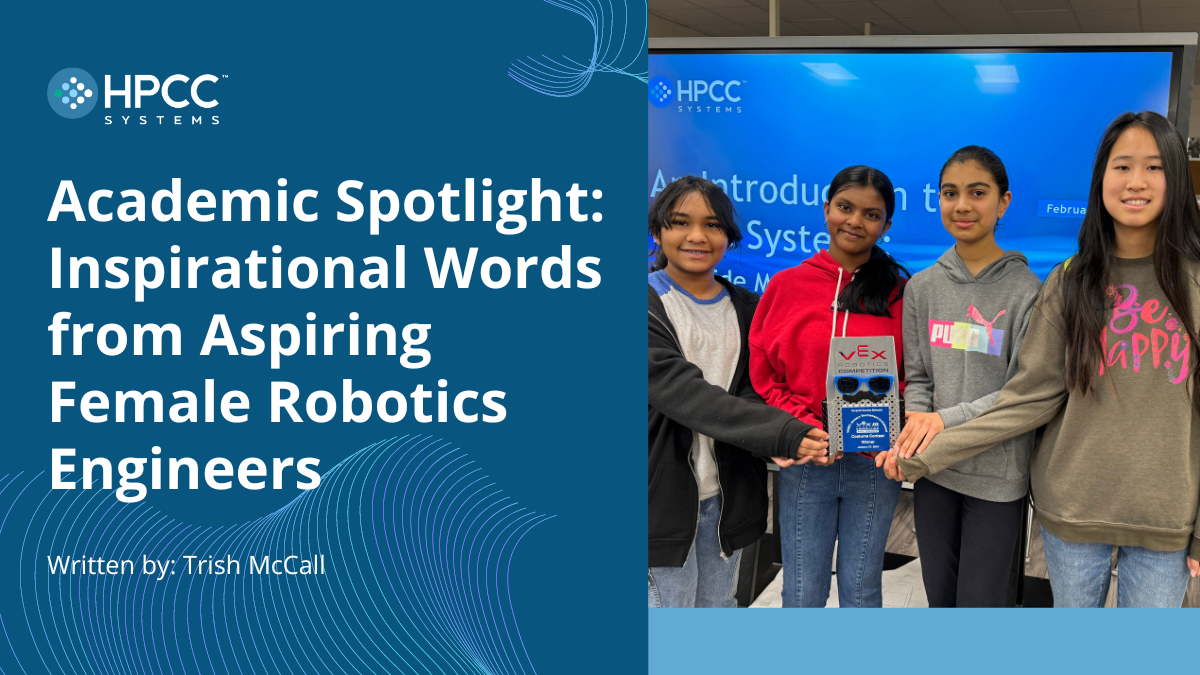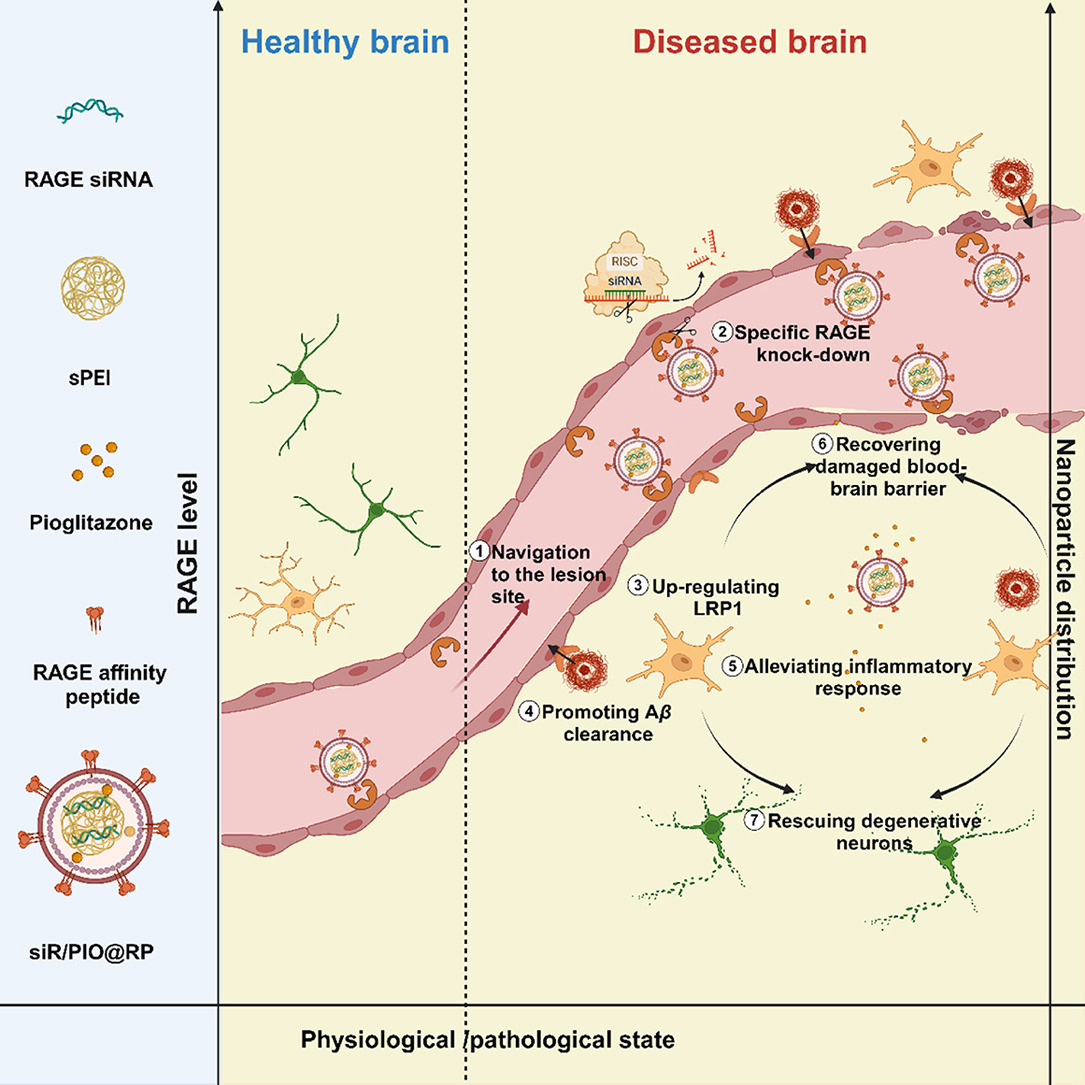Corporate social responsibility (CSR) is perceived as a valuable practice by business organizations to demonstrate their commitment towards social, economic, and environmental causes, and it actively contributes towards the well-being of the community at large. CSR as an ethical practice has gained considerable attention in the last decades as it contributes to sustainable development and maximizing organizations business performance. It reflects the top management’s vision and values and thereby also allows the firm to differentiate itself from its competitors.
The study introduces a nano-modulator that targets the damaged blood-brain barrier in Alzheimer’s disease. This modulator releases therapeutic agents that reduce amyloid-beta load, alleviate neuroinflammation, and restore neurovascular unit function, showing potential for Alzheimer’s treatment.
How society and people respond, and adapt to climate change is a psychological process. Within this collection are papers that explore these different psychological responses from how this influences people's behaviour from action to anxiety and more.



